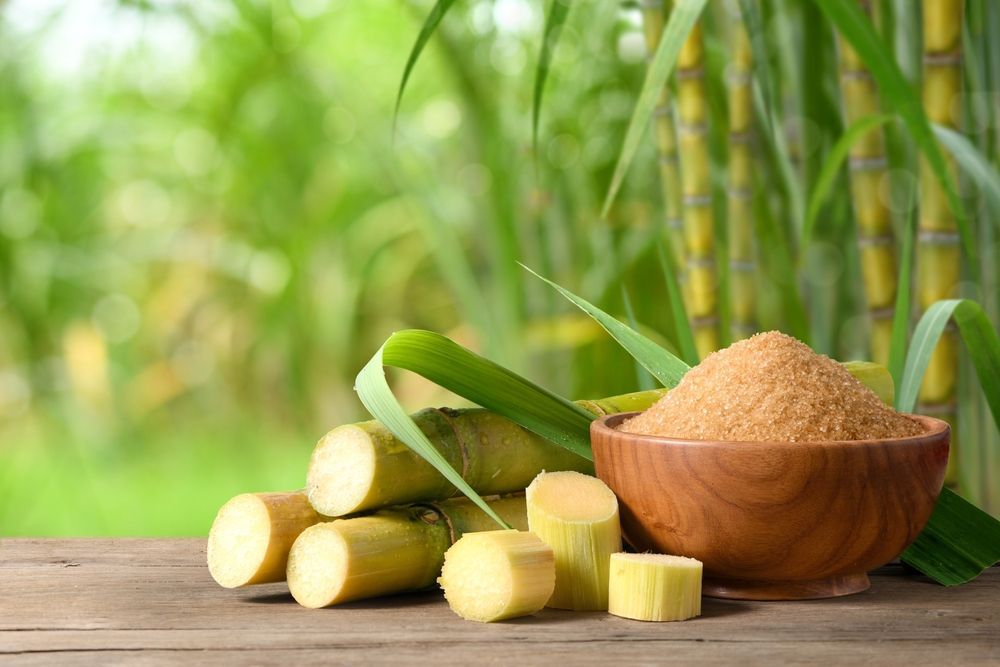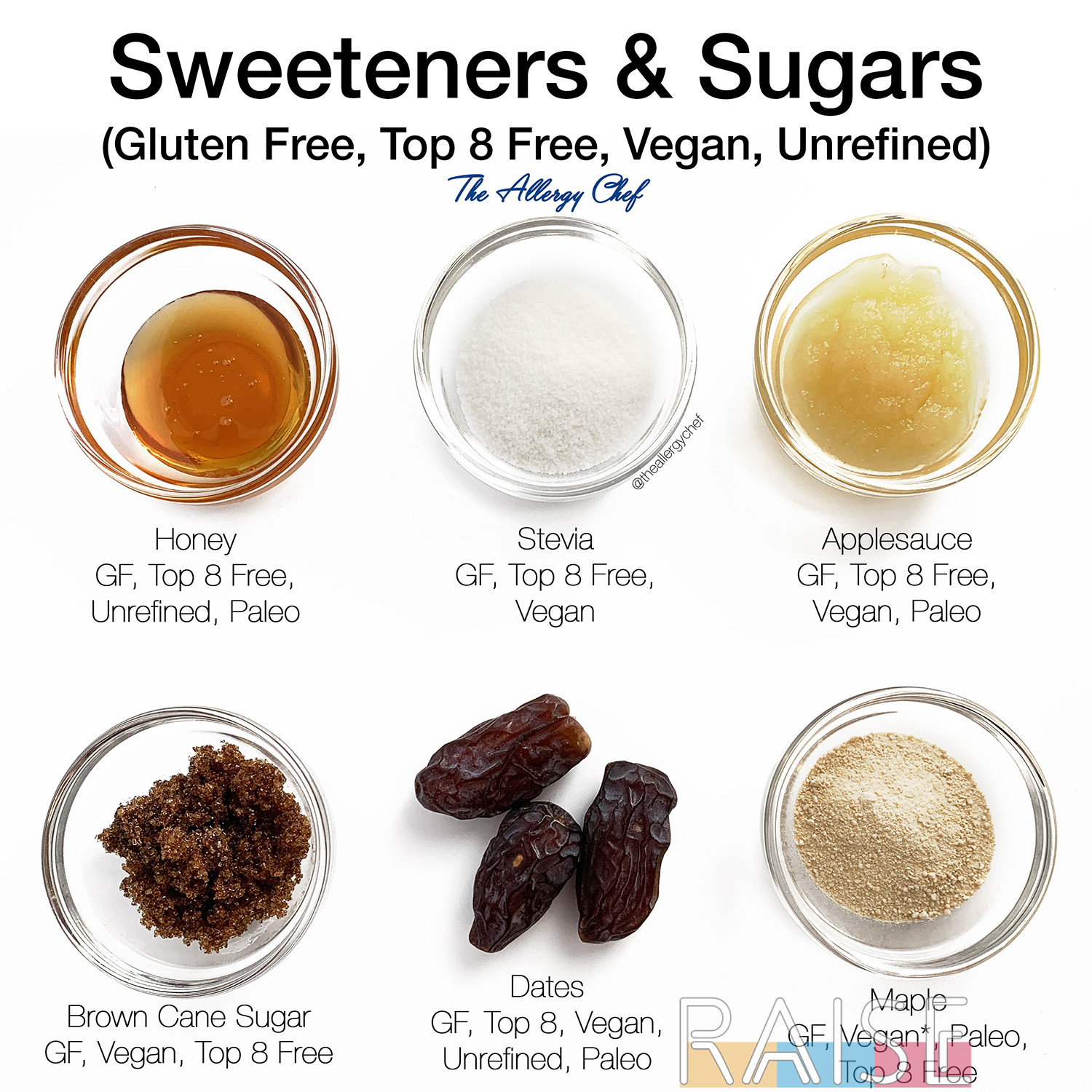Beet Sugar vs Cane Sugar: How Do They Affect Daily Energy?
Wiki Article
Beet Sugar vs. Cane Sugar: Key Distinctions You Must Know
The distinction between beet sugar and cane sugar prolongs beyond their comparable chemical compositions; it incorporates their origins, manufacturing techniques, and potential health ramifications. While both sorts of sugar function as typical sugar, their divergent backgrounds-- beet sugar emerging in 19th century Europe and cane sugar mapping back to old Southeast Asia-- set the stage for a deeper exploration of their manufacturing processes and dietary accounts. Recognizing these distinctions might affect consumer selections in a market increasingly concentrated on wellness and sustainability. What nuances might further educate your choices on these sugar?Origins of Beet Sugar
Although beet sugar has actually come to be a considerable gamer in the international sugar market, its beginnings can be mapped back to the very early 19th century when European researchers began exploring alternate sources of sugar. The turning point took place in 1801 when German chemist Andreas Marggraf determined sugar in the white beet, a discovery that laid the groundwork for succeeding study and business applications.The process of refining beet sugar was more advanced by his trainee, Franz Karl Achard, that developed the very first beet sugar manufacturing facility in Prussia in 1806. This advancement synchronized with the Napoleonic Wars, throughout which trade disturbances led to a heightened need for residential sugar manufacturing in Europe. beet sugar vs cane sugar. Consequently, beet sugar got traction, especially in countries like France and Germany

Beginnings of Cane Sugar
Cane sugar, originated from the sugarcane plant, has a rich history that goes back hundreds of years, mainly in tropical regions where the plant prospers. The earliest evidence of sugarcane farming can be mapped to New Guinea and Southeast Asia around 8,000 BCE. From these beginnings, understanding of sugarcane infect India, where it was first processed right into crystallized sugar by the 5th century CE.
As trade courses established, sugarcane reached Persia, the Mediterranean, and ultimately Europe, where it was originally regarded as a high-end thing. The development of sugar production took place during the Islamic Golden Age, which facilitated the transfer of agricultural techniques and developments. By the 15th century, the demand for sugar surged, motivating European countries to establish haciendas in the Caribbean and South America.
This shift not only changed the farming landscape of these areas however additionally had significant socio-economic effects, consisting of the dependence on shackled labor. Cane sugar, when an unusual asset, came to be a staple in diets worldwide, laying the foundation for the worldwide sugar market we acknowledge today. Recognizing its beginnings is crucial for appreciating cane sugar's influence on cooking traditions and economic situations.
Manufacturing Processes
The production for both beet sugar and cane sugar entail numerous crucial actions that change raw materials into the crystalline sweeteners commonly used today. For beet sugar, the process begins with harvesting sugar beetss, which are after that cleaned and sliced into thin cossettes. These cossettes are subjected to hot water removal, allowing the sugar to liquify.In comparison, cane sugar go to this web-site manufacturing begins with the harvesting of sugarcane, which is crushed to remove the juice. While both processes share resemblances, the source product and specific methods result in distinctive attributes for beet and cane sugars, affecting the preferences of customers and manufacturers alike.
Nutritional Contrast
When comparing the dietary profiles of beet sugar and cane sugar, it is vital to acknowledge that both sweeteners are primarily composed of sucrose, resulting in comparable energy material and calorie worths (beet sugar vs cane sugar). Both kinds of sugar normally have about 4 calories per gram, making them equivalent in terms of energy arrangementIn enhancement to sucrose, both beet and cane sugars contain trace amounts of minerals and vitamins; however, these quantities are negligible and do not substantially add to day-to-day nutritional requirements. For example, both may consist of minute degrees of calcium, magnesium, and potassium, however these are not existing in adequate total up to provide any type of considerable health and wellness benefits.
Furthermore, the lack of fiber in both kinds of sugar highlights their function as pure sweeteners as opposed to resources of nutrition. beet sugar vs cane sugar. While they may provide a fast source of energy, their absence of crucial nutrients stresses the importance of small amounts in usage
Inevitably, from a simply nutritional viewpoint, beet sugar and cane sugar are practically equivalent, making the option between the two mostly based on elements such as taste preference, accessibility, and ecological factors to consider.
Wellness Effects
While beet sugar and cane sugar share comparable nutritional profiles, their health implications call for consideration beyond simple make-up. Both sugars are largely composed of sucrose, which can lead to similar metabolic impacts; too look at here now much usage can add to obesity, diabetes, and cardiovascular diseases. Nevertheless, the source and production of these sugars may affect their general health and wellness impact.Beet sugar is commonly produced utilizing debatable chemicals, such as phosphoric acid, which might leave trace residues. On the other hand, cane sugar undergoes a much more typical refining procedure, which has a tendency to be much less chemical-intensive. The existence of these residues in beet sugar might raise concerns for sensitive populations or those seeking to decrease chemical direct exposure.

Additionally, the cultivation methods of sugar beetss and sugar cane might differ, with the former usually entailing more intensive farming practices that can affect soil health and biodiversity. This agricultural context might affect the broader wellness implications of sugar consumption on a population level.
Ultimately, while both beet and cane sugars serve comparable roles in the diet, customers ought to take into consideration the subtleties of production and sourcing when making notified options concerning their sugar consumption.
Final Thought

While both kinds of sugar serve as usual sweeteners, Your Domain Name their divergent histories-- beet sugar arising in 19th century Europe and cane sugar tracing back to old Southeast Asia-- set the phase for a much deeper exploration of their manufacturing processes and nutritional accounts.The procedure of refining beet sugar was additional advanced by his pupil, Franz Karl Achard, that developed the very first beet sugar manufacturing facility in Prussia in 1806.The production for both beet sugar and cane sugar include numerous important steps that change raw products right into the crystalline sugar commonly made use of today. For beet sugar, the procedure starts with collecting sugar beetss, which are then washed and sliced right into thin cossettes. The removal processes better identify the two, with beet sugar utilizing hot water removal and cane sugar entailing crushing.
Report this wiki page